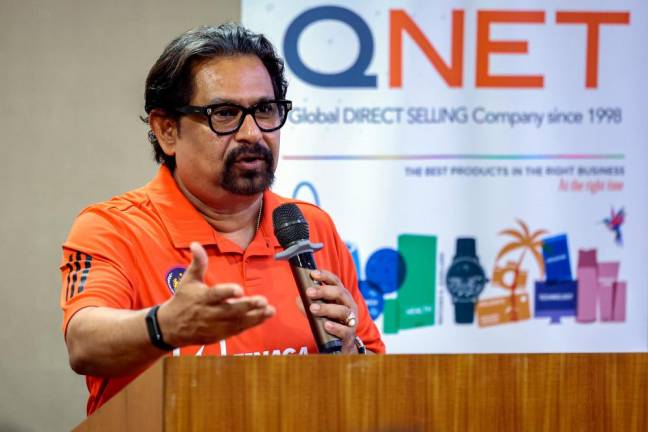PETALING JAYA: More Malaysian companies are adopting contingent workforces due to factors such as the ongoing global talent shortage as well as the social dynamics of the “Great Resignation” and early retirement post-Covid.
A contingent workforce includes short-term and fixed-term contractual employees, freelancers or independent contractors.
Access Group Startup and Small Business Sales head Azlan Ahmad said the factors have propelled the exponential growth of the gig economy and the heavy use of contingent workers.
However, Azlan said he does not think firms would fully rely on contingent workers but adopt a mix of both.
The Access Group is a provider of business management software to mid-sized organisations.
He said permanent or long-term workers are needed to ensure continuity and stability of certain business areas and processes, and contingent workers can help fulfil unmet resource needs as well as unique or specific skills, based on requirements.
About 64% of companies in Malaysia use a contingent workforce when experiencing a headcount shortage, according to HR solutions company Persolkelly in its recently released 2022 Apac Workforce Insights report “Building Agility with a Contingent Workforce”.
The data shows that 32% of businesses surveyed mentioned that they plan to replace full-time employees with contingent workers as a cost-saving measure.
“Staffing industry analysts have also mentioned business spending on contingent workforce had risen 22.8% year-on-year.”
Findings from the report also revealed that sectors most in favour of a contingent workforce in Malaysia are IT/hi-tech, general administration and marketing.
Azlan said these industries most often have project-based work.
He said in IT, it may be the integration of a new system. In general administration, it could be filing a batch of documents and in marketing, executing a specific campaign.
He added that as a result of periodic needs, it would make much more financial sense for companies to rely on contingent workforces for cost savings in employee benefits.
Azlan said speed of integration may be the most crucial of all benefits a contingent workforce can bring.
“Contracted employees can usually start right away, arrive with the necessary specific skills and begin contributing immediately. The time saved on recruitment, onboarding and training is significant.
“Flexibility also comes to mind. Companies that need to swiftly ramp their labour base up or down due to economic conditions or seasonality of work may benefit from using an external workforce.
“Regular employees benefit as well since they are not forced to shrink when business needs change due to the elasticity of the contingent workforce, which shields them from these types of swings,” Azlan said.
Malaysian Employers Federation president Datuk Dr Syed Hussain Syed Husman said employers turn to contingent workers to meet operational demands that are still volatile and uncertain.
He said digitisation will, in the long run, assist employers to move forward and such a process should be their long-term goal.
“However, it should be noted that digitisation and new technology are not cheap. About 98% of companies are micro, small and medium-scale enterprises (MSME) that face financial challenges to introduce digitisation and new technology into their operations.
“More incentives and financial aid need to be introduced by the government to help MSME to adopt digitisation and new technology.”













